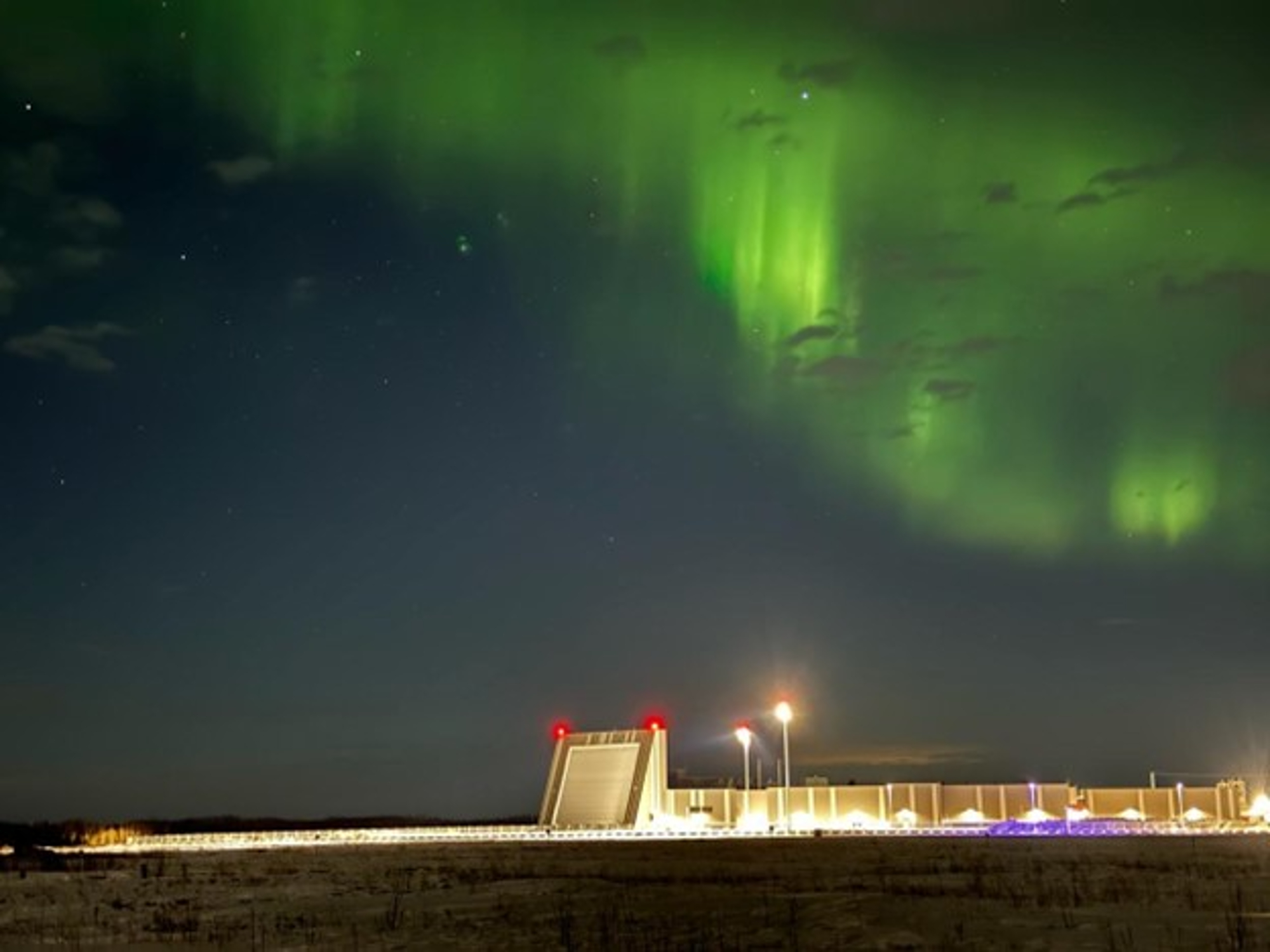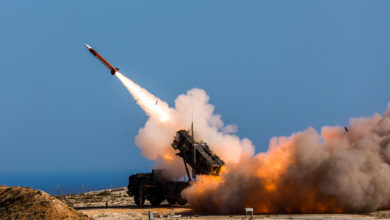Lockheed Martin has officially transferred the Long Range Discrimination Radar (LRDR) to the US Missile Defense Agency.
Operational at the Clear Space Force Station in Alaska, the capability was deployed in 2021 as part of the Pentagon’s layered missile defense system, specifically to protect the country from North Korean missile threats.
The acceptance follows the LRDR’s demonstration earlier in April to track long-range objects under Japan’s first live track evaluation of its own Aegis System Equipped Vessel.
After the delivery to US management, the LRDR will undergo further baseline assessments to prepare it for the final transition to warfighters.
“This milestone represents years of dedication to the mission to protect our homeland,” Lockheed Martin Radar and Sensor Systems VP Chandra Marshall remarked.
“LRDR is a cutting edge asset providing the benefits of both low frequency and high frequency radars for an innovative approach to search, track, and discriminate targets.”
Long Range Discrimination Radar
According to Lockheed, the LRDR enables users to monitor multiple targets, including all classes of ballistic missiles at long distances under continuous operation.
Simultaneously, LRDR’s discrimination functionality enables users to identify lethal threats, distinguishing them from non-lethal decoys.

The company wrote that the solution operates on S-band frequencies and is built with a scalable, open systems architecture to adapt to future requirements without changing the hardware design.
The system is operated via the Missile Defense Agency’s Command, Control, Battle Management, and Communications, which Lockheed is developing in partnership with a US-based consortium.
In addition to air defense, the LRDR supports space domain awareness by tracking in-orbit satellites, inactive space capacities, used rocket bodies, and debris.
Expanding Layered Defense
Lockheed received a contract this month to build another component of the US government’s layered missile defense system.
The project will focus on the Next Generation Interceptor (NGI), a multiple-kill projectile that can neutralize Asia-Pacific and Middle Eastern ballistic missile threats.
Once completed, the interceptor will replace America’s Ground-Based Midcourse Defense weapon system stationed in Alaska and California.
Work for the NGI will conclude in 2028 and could cost up to $17.7 billion throughout the program.












